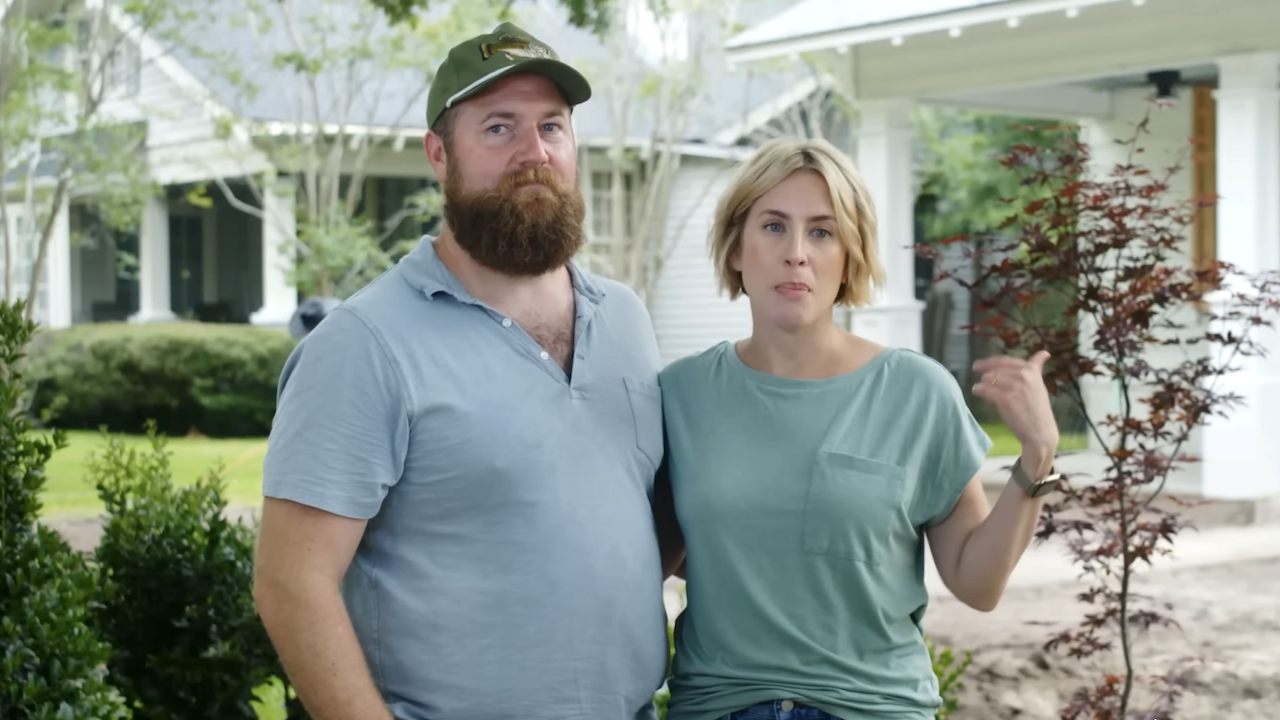The Extreme Lengths JJ Abrams Went To Connect The Force Awakens To The Original Star Wars Trilogy

This December, when J.J. Abrams’ Star Wars: The Force Awakens finally hits theaters, it will continue the narrative of the original trilogy. With the big three stars, Harrison Ford, Mark Hamill, and Carrie Fisher, as well as others returning, there is an obvious continuity, but Abrams went to even greater lengths to connect The Force Awakens to the original trilogy.
Talking to Thompson on Hollywood at San Diego Comic-Con over the weekend, production designer Darren Gilford (Oblivion) discussed how they used old school special effects at every opportunity, trying to replicate the way George Lucas did things on the first film back in 1977. He said:
J.J.'s mandate from day one was authenticity and being as true to the original trilogy as possible. And he felt the prequels were flawed by the fact that they had every [CG] tool known to mankind and used everything at their disposal. I use the metaphor of disco when the synthesizer came about and everyone was using it in any way possible. And I think J.J. wanted to reconnect with how the original films were made.
This turned out to be quite an extensive process. The team went back and researched every technique they used, from the creature effects to the interiors of the Death Star, which were designed to serve multiple functions, so you could make a few quick changes and use the same sets to serve as multiple places within the battle station. According to Gilford, this served as the inspiration for the way they approached the new base, and creates a familiar feeling even though you’ve never been there.
As far as visual effects go, they shot as much in-camera as they possibly could. This meant building extensive sets, big models, and using matte paintings instead of relying on the green screen technology that was so prevalent in the prequels. They also used flat forced perspective paintings to do things like make a hallway or corridor appear longer than they actually are, and basically went practical and physical whenever they could.
A lot of this is on full display in the reel that Lucasfilm showed off during their panel at Comic-Con.
Since the beginning of this process, Abrams has talked about how he wanted to do as much practically as possible, and he’s been driving that point home, even using those Star Wars Force For Change fundraiser videos to reveal bits and pieces. When Gilford would show the director one of these effects, a model or a painting or a location, he would explain how it connected to the original trilogy. Gilford described the process as being:
about reconnecting with my childhood and playing with those toys and helping steer that for the next generation [so] some kid has the same experience that I had.
What we’ve seen so far out of Star Wars: The Force Awakens has a very concrete, tactile feel to it, and much of that is due to the way they went about filming. There is obviously going still going to be CGI, that’s unavoidable with a movie like this, but in this case it is going to be strategic and only when necessary, which is something that should go a long way towards transporting the audience to this galaxy far, far away once again.
Your Daily Blend of Entertainment News
Star Wars: The Force Awakens opens everywhere December 18.

